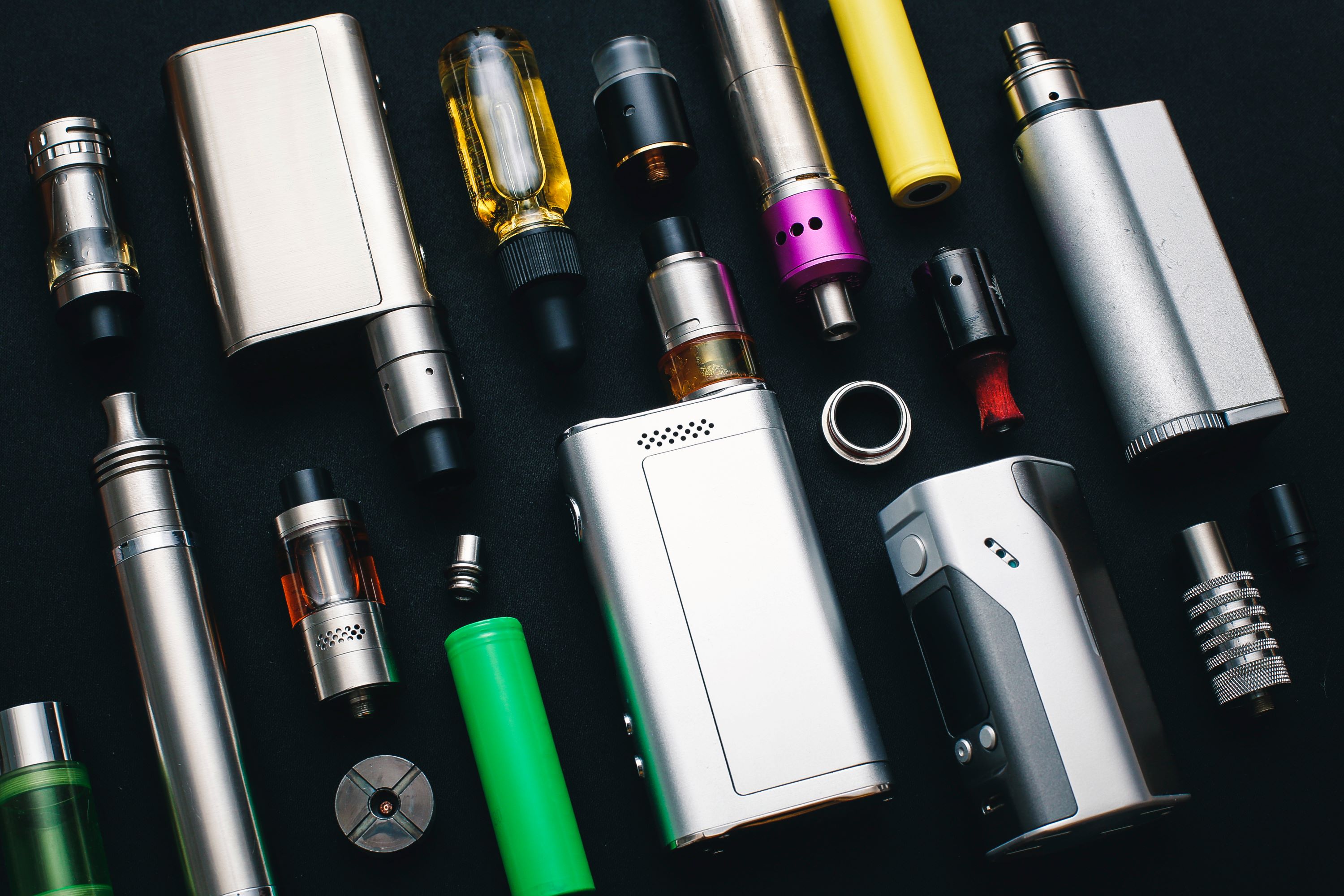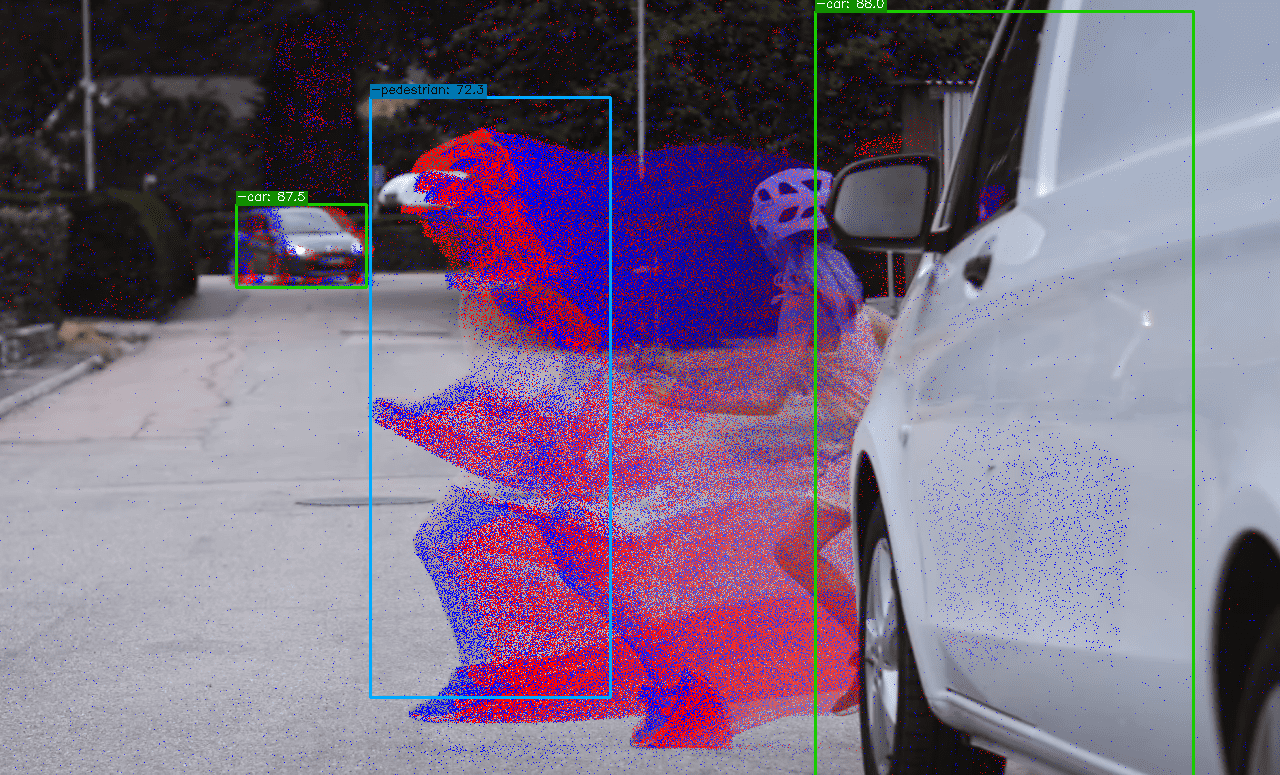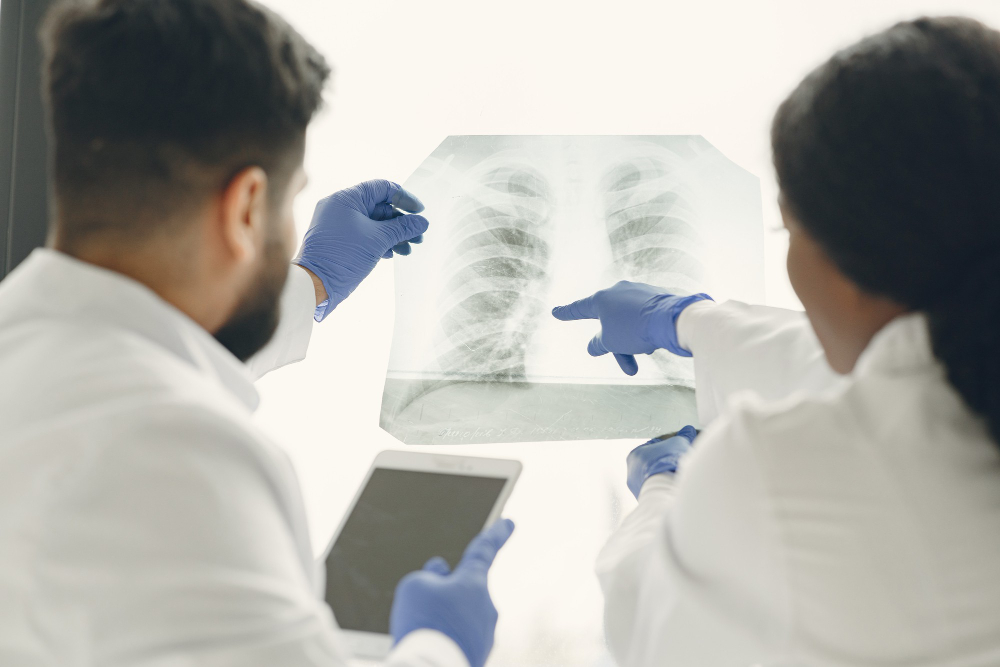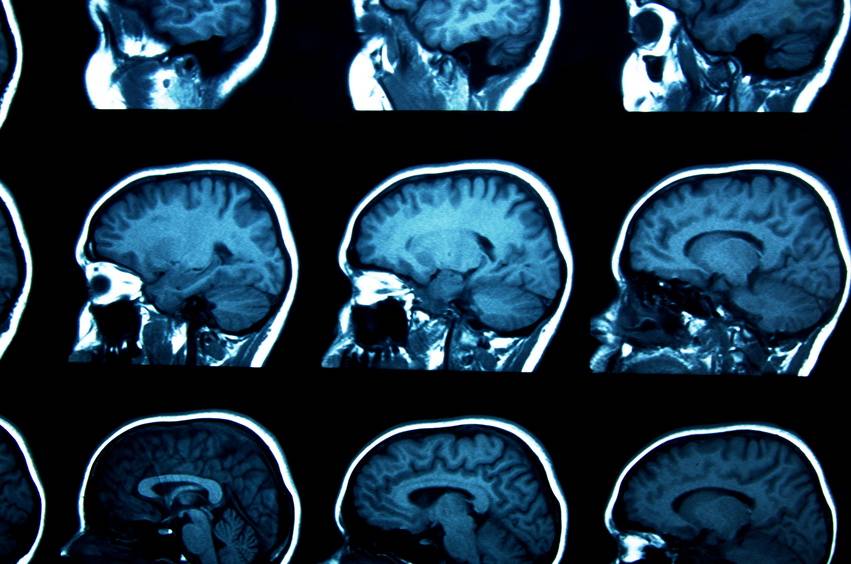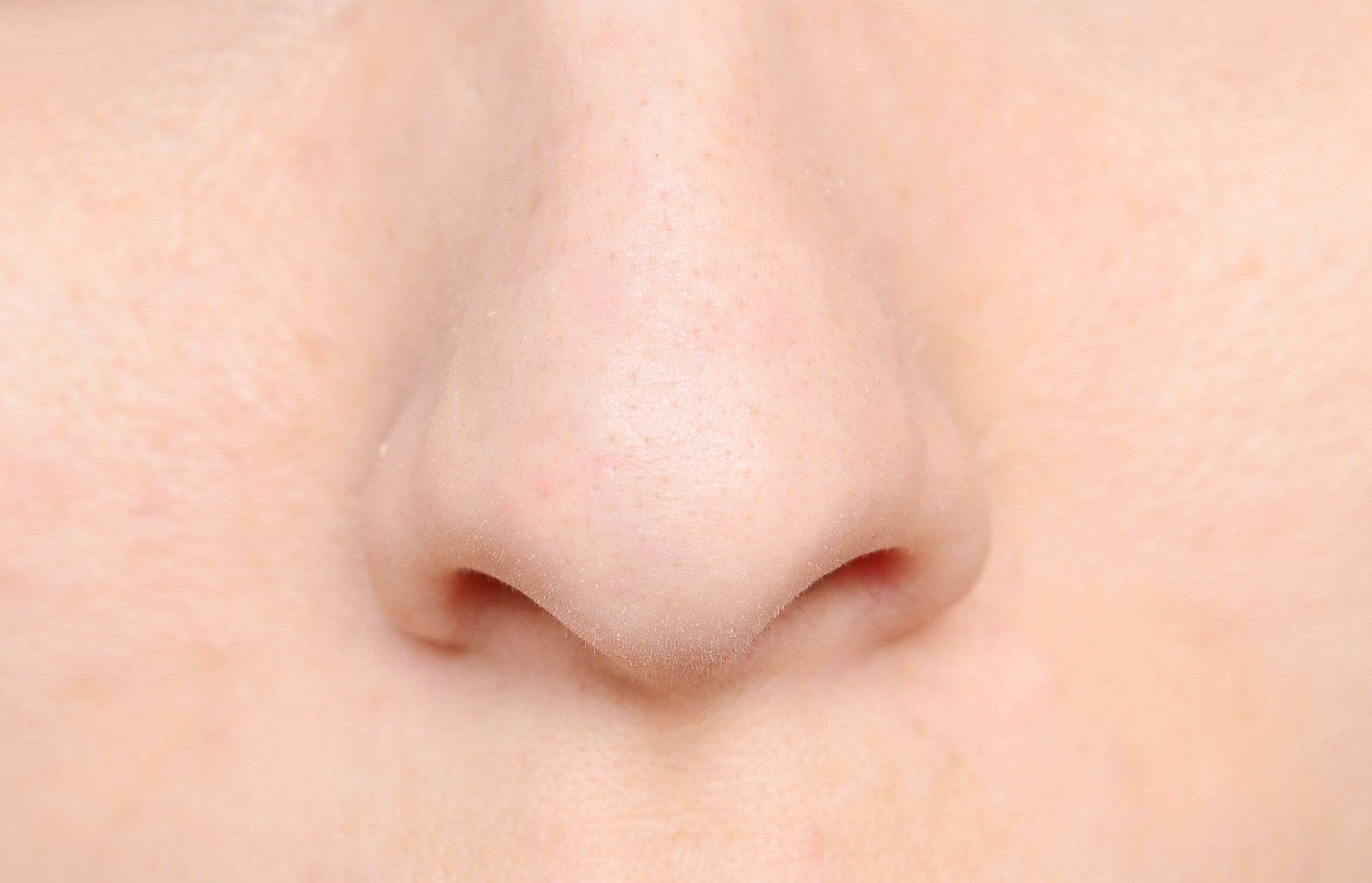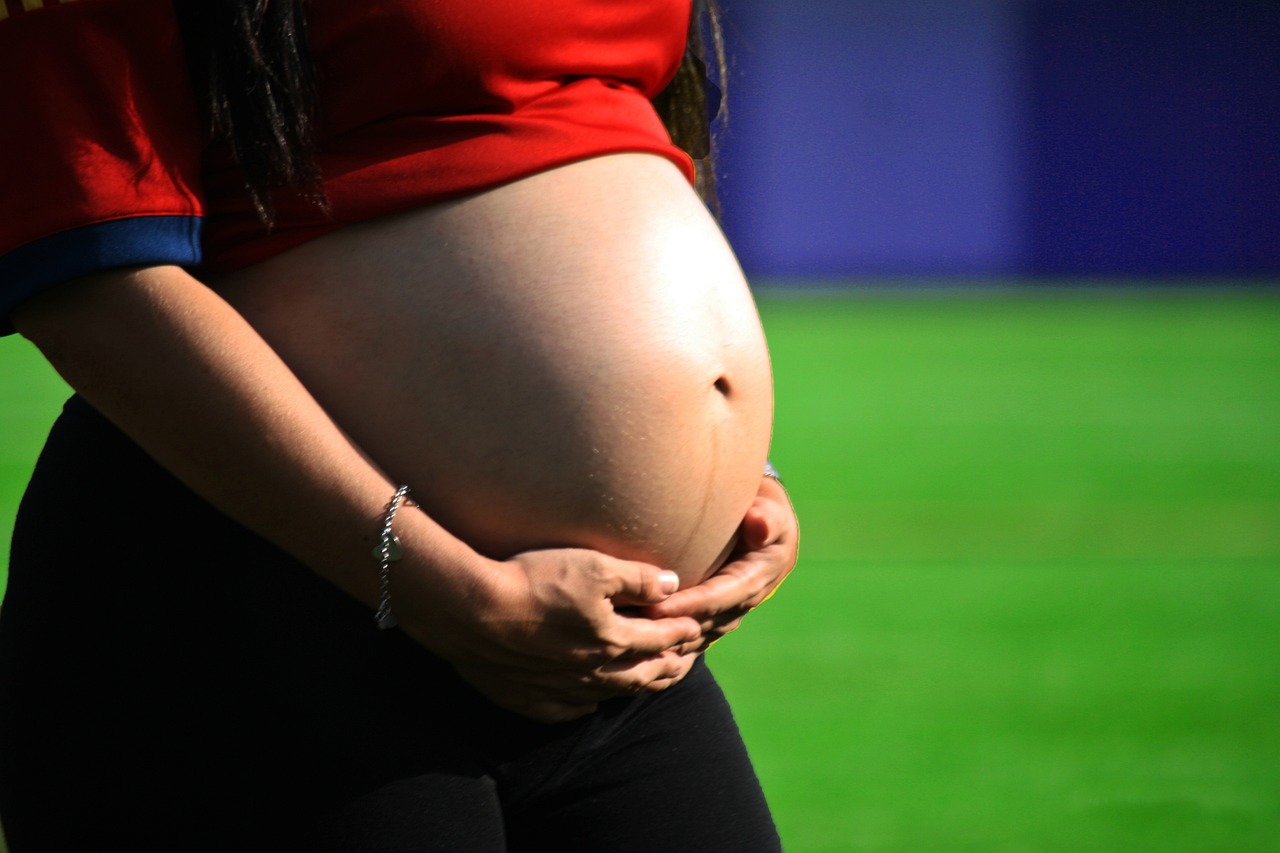Tobacco industry-funded studies still appear in leading medical journals, according to journalistic investigation
A journalistic investigation by The Investigative Desk (Netherlands) and The BMJ (UK) concludes that tobacco industry-funded studies continue to appear in the most cited medical journals. The team of journalists found hundreds of links in the PubMed database between the medical and pharmaceutical subsidiaries of the big tobacco companies - Philip Morris International, Altria, British American Tobacco, Imperial Brands and Japan Tobacco International - and published medical research. In addition, the research revealed that of 40 journals - the 10 most cited in general medicine and another 30 in areas affected by smoking - only eight had policies prohibiting studies funded in whole or in part by the tobacco industry.


